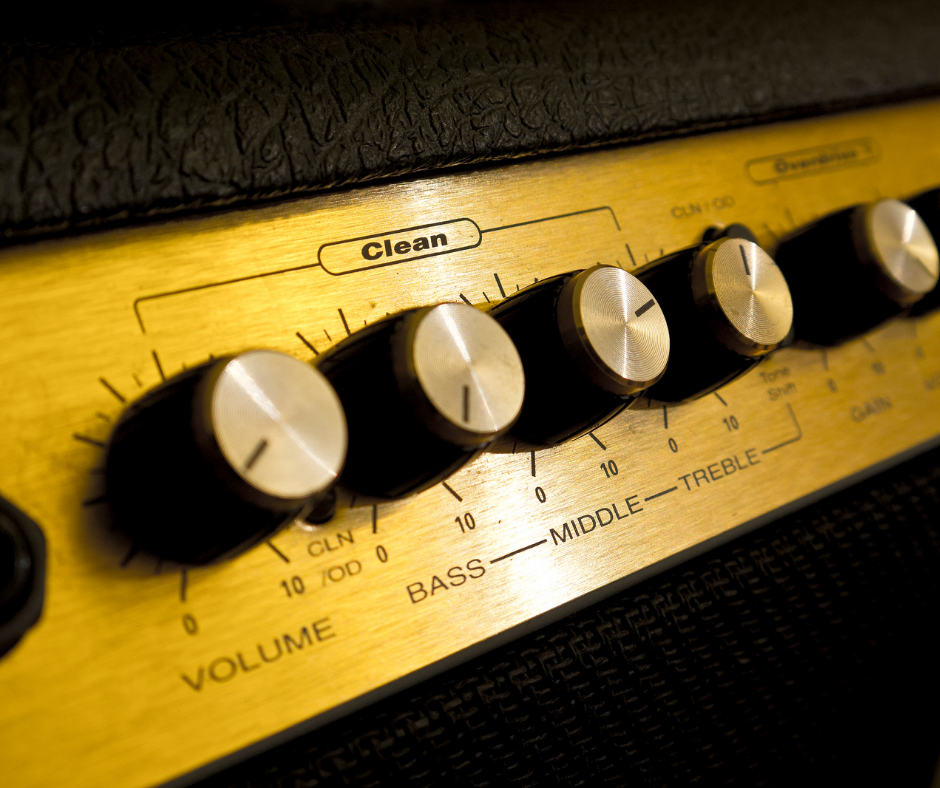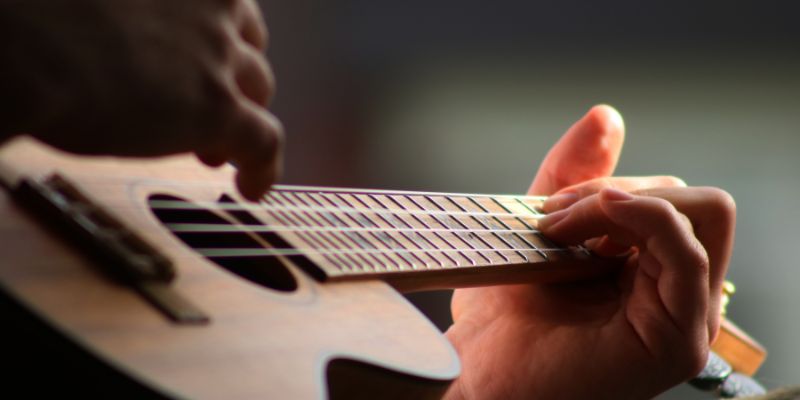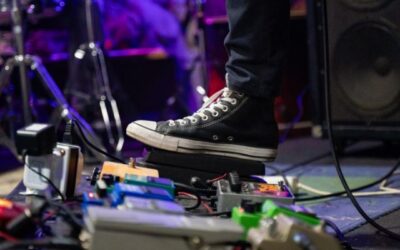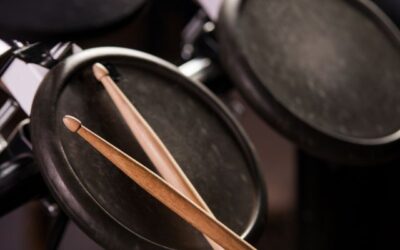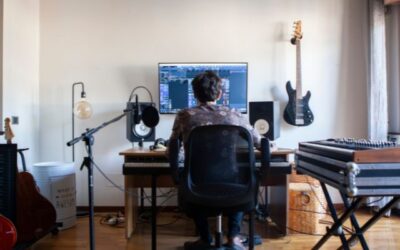So What are Guitar Effects (FX for short)?
Search “guitar effects/FX” on Google (duh!) and you’ll get pictures of guitar processors and guitar pedals, and Wikipedia/blog entries like this one telling you what they’re about. So we won’t get into the vast array of available effects and what they do to your tone – we’re just going to focus on the practical decision – Pedals or Multi-Effects Processor?
The difference is simple: pedals are usually ‘analogue’ devices that have typically one (or rarely two) effects along with some knobs and switches for customisation. They are small, relatively inexpensive, (unless you’re looking for a ‘vintage’ model, which may cost as much as a used car :-p ) easily portable and great if you want a specific sound. Pedals come in an amazing variety – and it can be quite confusing trying to pick out the ones you need in your search for great guitar tone. More on that later.
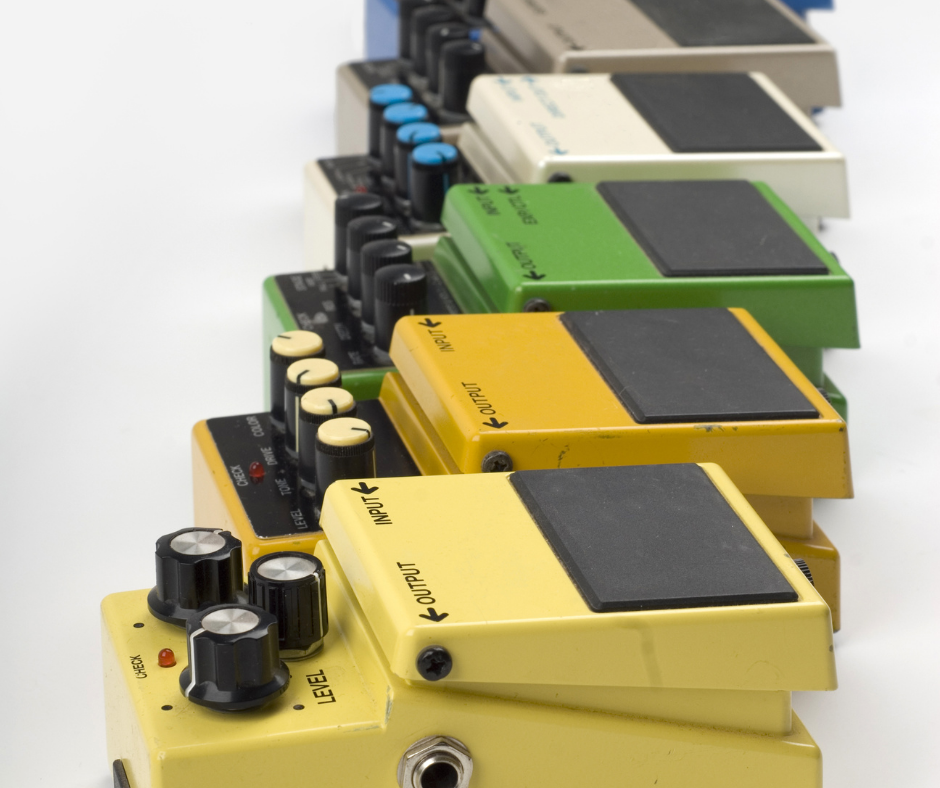
Guitar Processors on the other hand are typically ‘digital’ machines with lots of buttons, screens, menus, and loads of different effects. Entry-level multi-effects processors can, nowadays, actually come in at a cost comparable to 2 – 3 individual pedals together, or for the price of a single ‘boutique’ pedal. Most professional processors are more expensive than individual pedals – but remember, they’re bringing the sounds of various pedals together, with a common interface and ways to hook them up that may be difficult (or even impossible) in the analogue world. And they could actually be a cheaper option than a large collection of individual pedals.
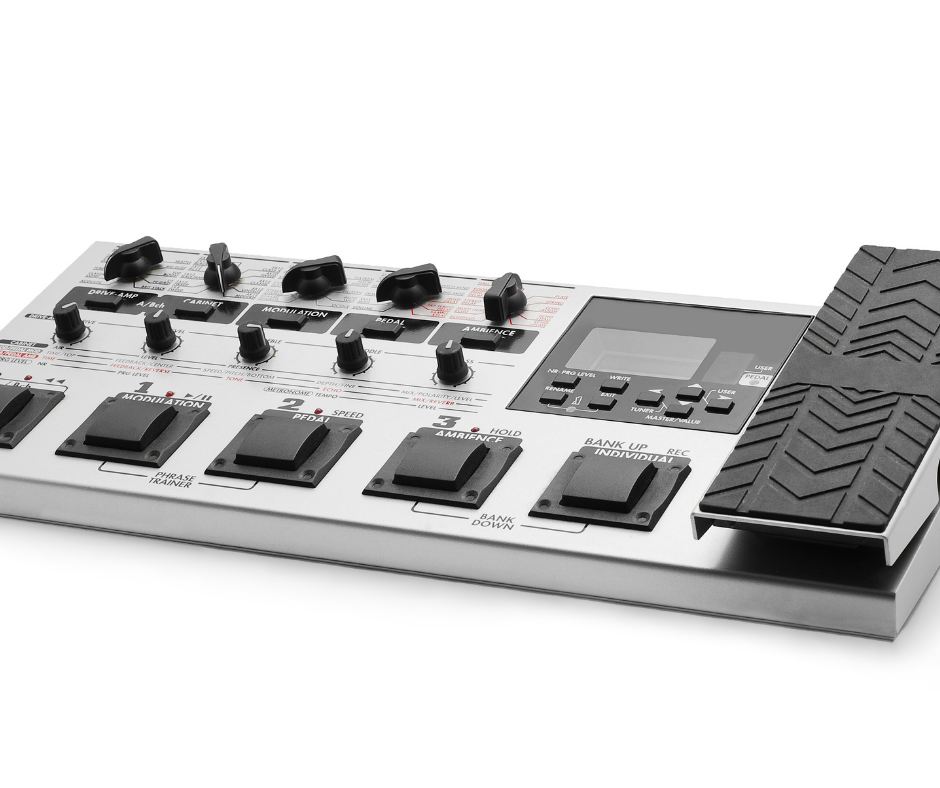
Right. So What Should You Buy? And Why?
This is your first foray into the vast universe of Guitar Tone and Effects, so perhaps the best answer here is don’t buy anything just yet!
“Huh!?” You say. Consider: many entry-level amplifiers come with a basic set of effects, things like ‘Overdrive’ ‘Distortion’ ‘Reverb’ and ‘Delay’, along with more standard Equalizers (EQ) and so on. Buy one of these amps if possible. The electric guitar introduces several new dimensions to your playing – you now have pickups (2 humbuckers, or 3 single coils, or some combination), plus volume and tone controls on the instrument itself! Combined with even basic ‘no-FX’ settings on your amp, you need to spend quite a bit of time getting familiar with how all of these options can change your tone.
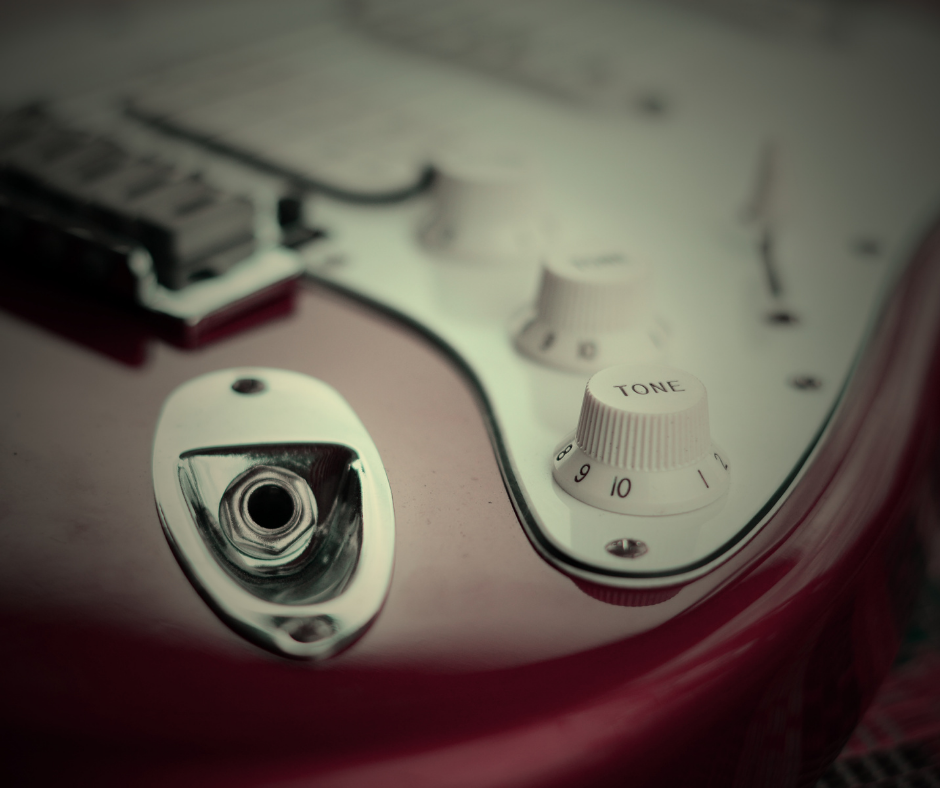
This means spending hours and hours playing the guitar with the pickup selector switch in different positions, working the volume and tone knobs on the guitar, adjusting the EQ and ‘gain’ and ‘volume’ on your amp; then slowly adding in the built-in FX on the amp – maybe a touch of overdrive or distortion, and then a little reverb, and through it all, observing and analysing the results. Yes, this can take weeks, but hey it’s a lot of fun, and you really learn about the various tone possibilities using just this basic guitar->cable->amp setup.
Once you’re truly comfortable with all these new dimensions, that’s when you can start thinking about adding to your FX collection.
Continued in Part 2. (Coming soon!)
